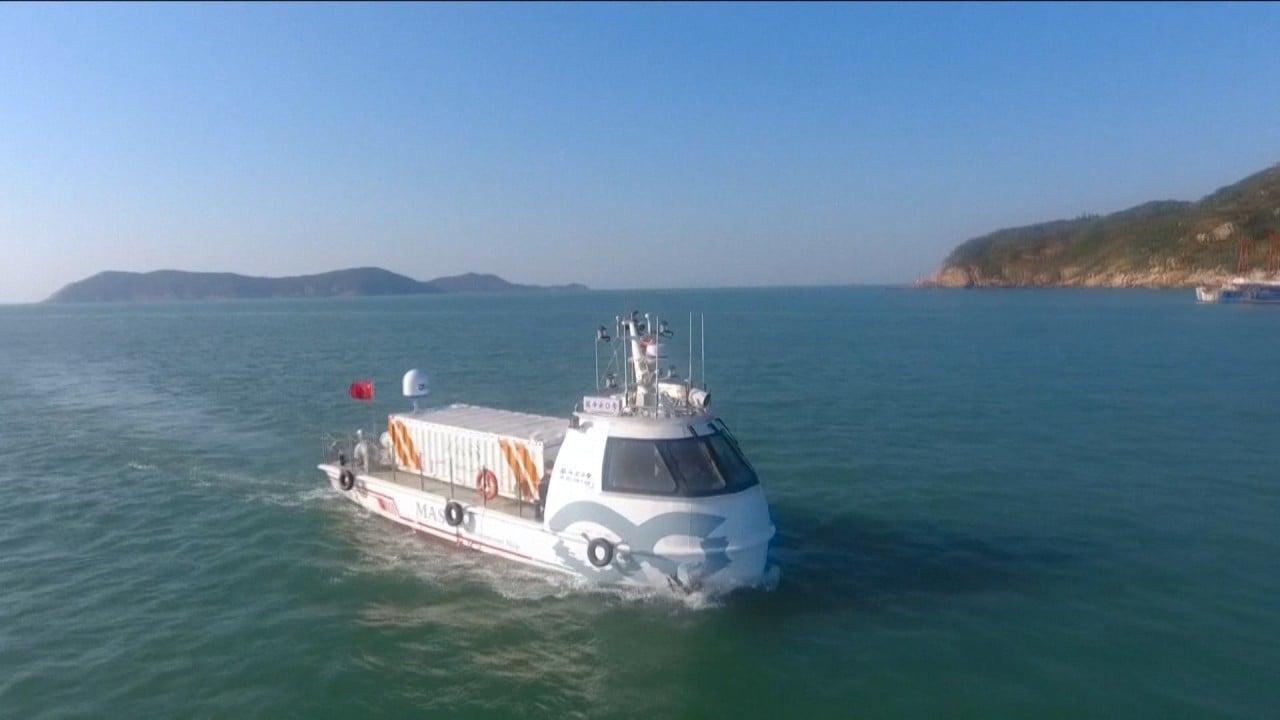
Bering Strait tunnel: pipe dream or game-changer for US-Russia-China ties?
- Now that a US-Canada rail line has been approved, there are fresh hopes that a link can finally be built across the icy 85km strait
- Detractors point to its huge potential cost, but backers see potential for a global shipping nexus and a new era of international cooperation
More recently, in the 1960s, Chinese-American structural engineer Tung Yen Lin drew up detailed plans for an “Intercontinental Peace Bridge” across the Bering Strait, which he envisioned as a symbol of international cooperation as well as an important trade route.
Road to Moscow could open opportunities to more Chinese firms
The Trump-approved Alaska to Alberta, or A2A, rail project is being hailed as an important link in the chain across the apex of the Pacific Rim, one that could eventually spawn a vast transport network connecting Asia directly with the Americas, through the strait.
Fyodor Soloview, founder of Anchorage-based InterBering, a private company dedicated to lobbying for the link, said there was a “significant body of interest, both Russian and American, in building a Bering Strait link”, before adding that he thought the “the main beneficiary would be China – the main global shipper of products – and its vast railway network”.
“The project’s a long way from breaking ground, but the announcement about A2A is a great step forward,” Soloview said.
Will Thailand’s Strait of Malacca bypass be built – and is China keen on it?

01:25
China’s first self-piloted cargo ship sets sail from Guangdong province
Commenting on one of the first proposals for a Bering Strait-centred link – which envisaged tying together China, Russia, the US and Canada – Zhao Jian, a professor at Beijing Jiaotong University’s School of Economics and Management, said the idea was essentially “meaningless”.
“For transporting passengers, why not go by air?” Zhao said in a 2014 interview. “And for cargo, it would be more expensive than shipping by sea. And a rail line that crosses other countries involves sovereign rights and environmental protection, so the whole thing is nearly impossible,”
But advocates for the Bering Strait link claim it could carry 8 per cent of the world’s cargo trade and open up deserted areas for development, while also floating the romantic idea of journeying from, say, Lisbon to New York, or further, without leaving the ground.
In the 21st century, the Bering Strait crossing has the potential to unite the world.
“The other big benefit would be the aspect of international cooperation and future dependence of the participating countries, that is the US, Canada, Russia, and China,” Soloview said. “Ensuring the smooth transit of rail traffic, customs control, security on all parts of the railroad, bridges, and tunnels, and other regular cooperation would significantly improve the chances of peace.”
To date, the only cost estimates for the Bering Strait link, including one by Soloview, refer to sums in excess of “hundreds of billions” of dollars. The bulk of the cost would be incurred building infrastructure to reach either end of the crossing. On the Russian side, the closest terminus lies 3,000km away, while in Alaska the project would require some 1,200km of new rail line. Complicating the logistical mix, Russian and American railways use different track gauges.
Beijing will honour phase one trade deal with US, central bank chief says
However, despite this array of difficulties, the link’s proponents point to feats of construction like the Suez Canal and Channel Tunnel, which faced similar opposition in the planning stages.
“The Bering Strait has the potential to become a global shipping nexus via the Northwest Passage and the Northern Sea Route between Europe, North America, and Asia,” James A. Oliver, author of The Bering Strait Crossing, wrote in his synopsis of the book.
“The self-induced amnesia of the Cold War is yielding to a fresh outlook between East and West,” he wrote. “In a world thirsty for energy resources and trade, the prospect for US-Russian cooperation across the northern Pacific Rim is tantalising in its multiplicity with profound implications for the global economy.
“In the 21st century, the Bering Strait crossing has the potential to unite the world.”


